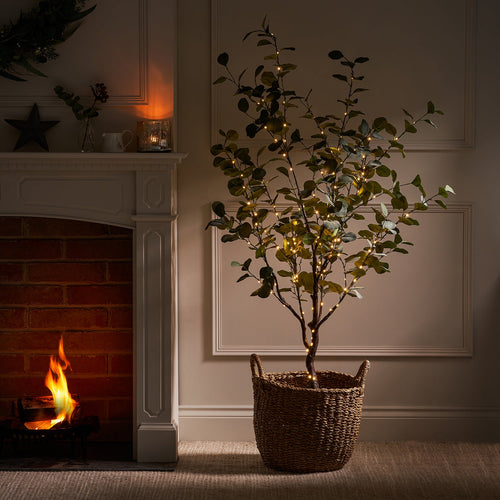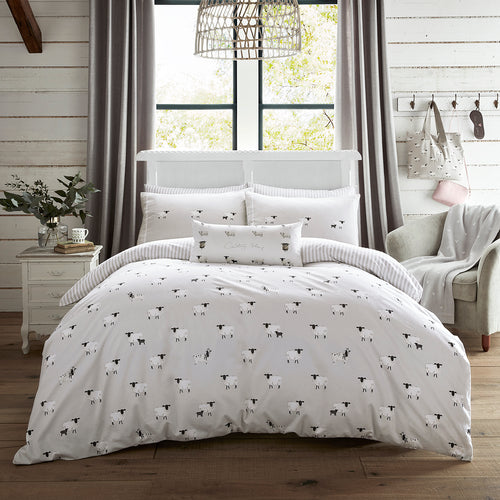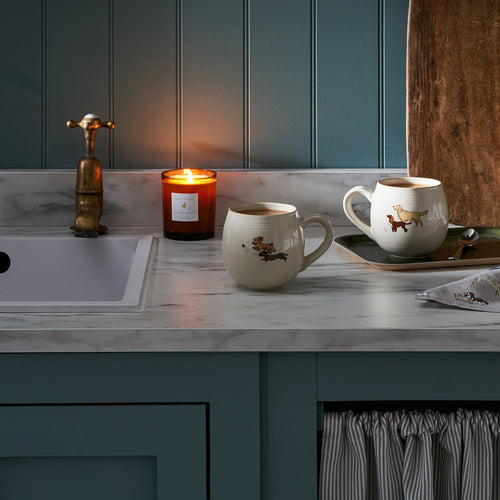It's World Bee Day on the 20th May 2022! To celebrate we caught up with Jez at Bees & Co to discover more about the native honeybee. Bees & Co. is the world’s first carbon-neutral honey farm and home to the native British honeybee, which Jez Rose and his team are rearing and reintroducing to help prevent the pollinator's decline.
- Honeybees will visit as many as 100 flowers on each trip out of the hive, to gather pollen and nectar. Pollen is an important source of protein for bees, while nectar provides both water and glucose for energy.
- The native honeybee here in Britain is much darker than the bees most of us would recognise; it’s sometimes referred to as the “dark European honeybee” as it’s originally native to most of the north of Europe and doesn’t feature the yellow bands of other honeybees. A largely forgotten subspecies of honeybee, it’s now quite rare, but perfectly adapted to our climate.
- At the very core of the hive the honeybees cluster around eggs and the larvae of the baby bees, to keep the core temperature at a constant 35 degrees celsius, no matter the temperature outside!
- Honeybees are important pollinators responsible for pollinating one-third of the crops we eat, and along with some bumblebees, are key to the human food chain.
- Honeybees will fly up to five miles to find food in the form of pollen. To reduce stress on the colony and fatigue, we densely plant native pollinating flowers wherever our hives are placed and encourage everyone to ‘plant for pollinators’ in their outside spaces.
- Water is required by almost all living things and honeybees are no different. Sometimes they fly to collect water, returning to the hive with it. In open water, insects can drown, so placing gravel, or even marbles, into plant saucers, provides a place for honeybees to land and absorb water droplets without the risk of drowning.
- Inside a beehive, there is 1 queen and her sole job is to ensure the survival of the colony by laying sufficient eggs for the continual reproduction of the colony. In the height of summer, she can lay as many as 2,000 eggs per day!
- Honey is an entirely natural product and its taste is a signature of the landscape from which the bees foraged. The result is honey that tastes different from wherever you buy it, region to region!
- Some of the honeybees' favourite plants include borage, crocus, salix, marjoram, helenium and phacelia to name just a few.
- In Lincolnshire, where Sophie Allport and Bees & Co. are both based, bees produce set honey in the Spring because of the abundance of oilseed rape. There’s a high glucose content in the oilseed rape honey, so it crystallises quicker and sets. Later in the year, the bees forage on a wide range of other flowers and trees, producing clear honey that remains runny because of the lower glucose content.
Follow Jez and Jez’s Farm: Bees & Co. on social: @ThatJezRose
If you love bees as much as we do then why not buzz over to our bee..autiful bees collection and take a browse? Take a little look and let us know your thoughts below in the comments.
2 comments
-
We have a large nest of honey bees in our roof. It has been there for three years-but this year so many are dying. I am sweeping up at least 20 a day and finding them in the house dead. Any ideas what is causing this?
JEanne GArbett on
-
As The author of the best selling book “Beekeeping for Dummies” (5th Edition John Wiley & Sons 2020) I am delighted to see your tributes to the wonderful Honey bee. Great site. My wife and daughter have been following you devotedly.
Howland BLackiston on
















